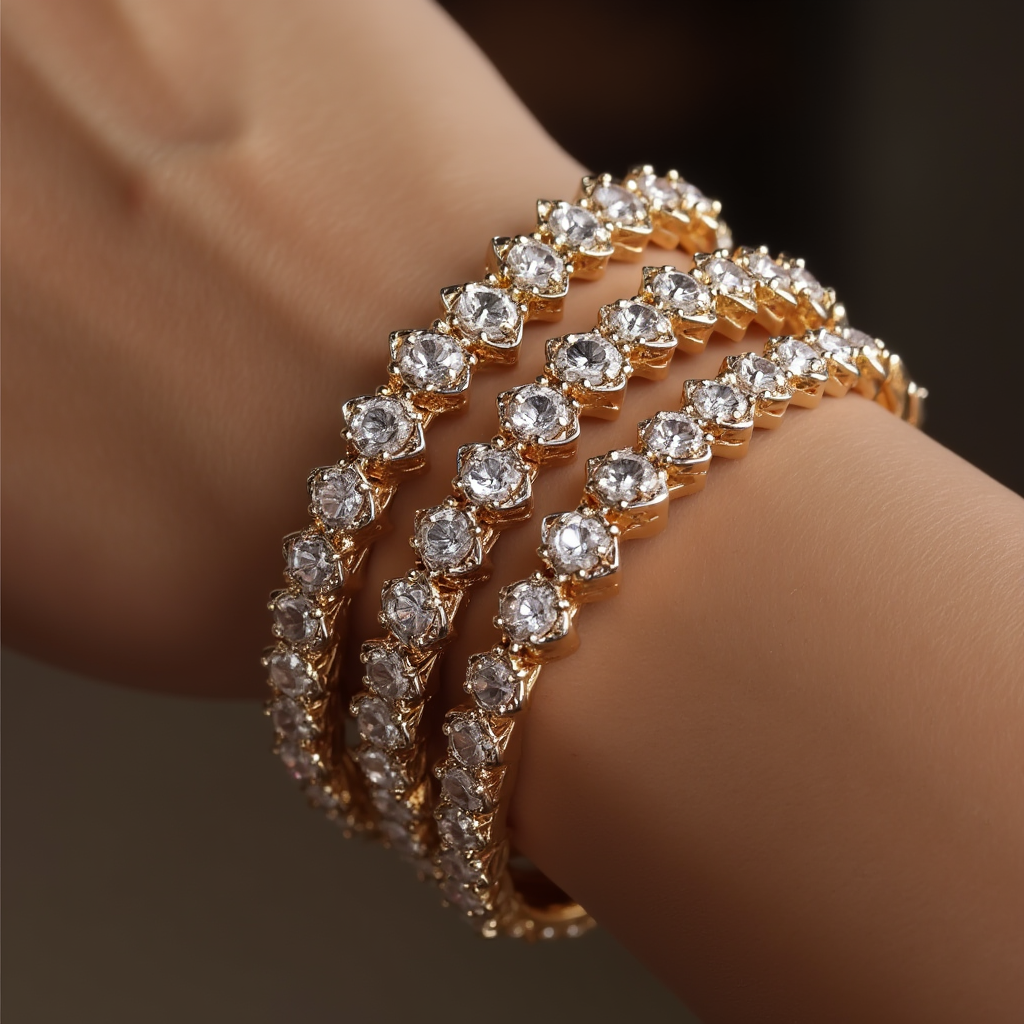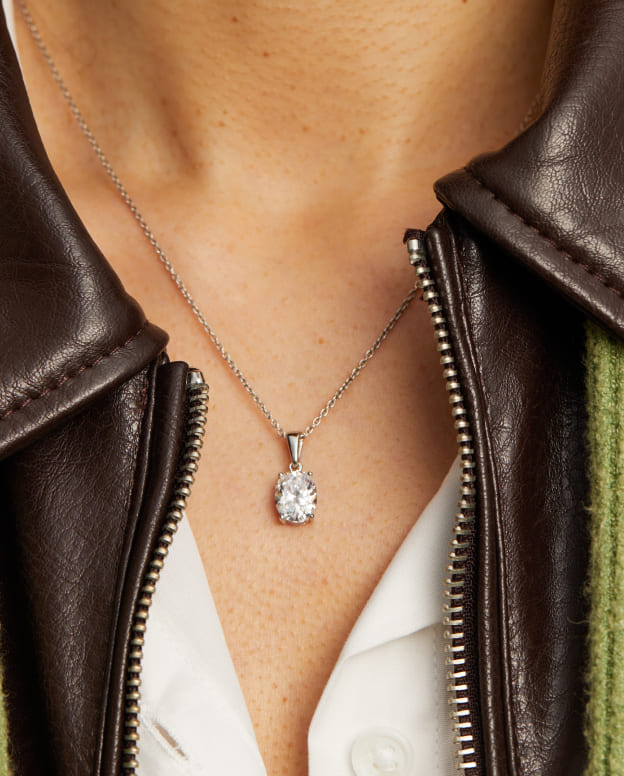Lab Grown Diamonds vs Natural: Which Is Best for You?
Curious about the difference between lab grown and natural diamonds, especially when choosing a diamond engagement ring? Lab grown diamonds are made in labs, making them cheaper and sustainable. Natural diamonds are mined from the Earth and are more expensive. Read on to learn more.
Key Takeaways
-
Lab grown diamonds, created through HPHT and CVD methods, are real diamonds with identical physical properties to natural diamonds, but formed much faster in a lab environment.
-
Natural diamonds are valued for their rarity and historical significance, requiring billions of years to form, which contributes to their high resale value and emotional appeal.
-
Lab grown diamonds are generally more affordable and ethically produced, but their resale values tend to be significantly lower than those of natural diamonds due to their easier production and perceived lesser rarity.
Understanding Lab Grown Diamonds
One of the fascinating aspects of lab grown diamonds is the variety of shapes and sizes available. From oval and princess to cushion, emerald, heart, pear, and radiant, lab grown diamonds offer a plethora of options for any jewelry design. This flexibility allows for greater creativity and customization in crafting unique pieces.
Lab grown diamonds come in a variety of shapes and sizes, including:
-
Oval
-
Princess
-
Cushion
-
Emerald
-
Heart
-
Pear
- Radiant
This flexibility allows for greater creativity and customization in crafting unique pieces.
The production of lab grown diamonds is not only efficient but also significantly faster than the natural process. Lab-grown diamonds can be produced in a matter of weeks or months, whereas natural diamonds take billions of years to form. This rapid production time makes lab grown diamonds more accessible and often more affordable.
Physical and Chemical Properties Comparison
When examining the physical and chemical properties of lab grown diamonds and natural diamonds, it’s fascinating to note their similarities and subtle differences. Both types of diamonds are chemically, physically, and optically identical, sharing the same hardness and durability. The term synthetic diamond refers to diamonds produced through controlled technological processes, distinguishing them from naturally formed diamonds. However, gemologists can identify lab grown diamonds through the absence of nitrogen, a trace element commonly found in natural diamonds.
In contrast, diamond simulants are non-diamond materials that mimic the appearance of diamonds without sharing their chemical properties.
The certification process for lab grown diamonds involves a thorough examination of their physical characteristics, including color, clarity, and cut, which are graded using the same criteria as natural diamonds. Both CVD and HPHT diamonds can display distinctive fluorescence patterns when exposed to ultraviolet light, which can be a telltale sign during identification.
Despite these scientific markers, lab grown and natural diamonds achieve the same hardness level on the Mohs scale, making them equally durable for everyday wear. This indistinguishability to the naked eye reinforces the notion that lab grown diamonds are indeed real diamonds, created through different but equally fascinating processes.
Visual Differences: Can You Tell Them Apart?
Visually, lab grown diamonds and natural diamonds are nearly impossible to distinguish without specialized equipment. Both types of diamonds share the same hardness, durability, and optical properties, making them look identical to the naked eye. Synthetic diamonds, like lab grown diamonds, share the same optical properties as natural diamonds, making them visually indistinguishable to the naked eye. This visual similarity ensures that lab grown diamonds can offer the same aesthetic appeal as natural diamonds.
Lab created diamonds test involves rigorous grading and certification by institutions like the GIA, which has been grading these diamonds for years and has updated their terminology to reflect this acceptance.
Experts can identify lab grown diamonds by looking for specific markers created during the growth process. For instance, certain inclusions or growth patterns unique to HPHT or CVD methods can serve as identifiers. However, without expert analysis and specialized tools, distinguishing between the two is extremely challenging.
The fact that lab grown diamonds and natural diamonds appear identical to most people means that lab grown diamonds can provide the same visual splendor and brilliance as natural diamonds, making them an attractive option for various jewelry pieces.
Price Difference: Lab Grown vs. Natural Diamonds
One of the most significant differences between lab created diamonds and natural diamonds is their price. A one-carat natural diamond can cost between ₹2,00,000 to ₹3,00,000, while a comparable lab grown diamond ranges from ₹50,000 to ₹60,000. This substantial price difference allows buyers to purchase larger or higher-quality stones for the same budget.
Several factors contribute to the affordability of lab grown diamonds. The simpler supply chain reduces transportation costs, and the ability to produce diamonds in larger quantities mitigates the pricing pressure caused by rarity. Additionally, economies of scale in lab production allow for reduced costs per carat compared to mined options.
Increased market demand for lab grown diamonds is also driving competition among producers, further lowering prices. This affordability makes lab grown diamonds cheaper and an appealing choice for those looking to maximize their investment without compromising on quality.
The price difference reflects the different processes involved in their creation. While natural diamonds are rare and require extensive mining, lab grown diamonds can be produced quickly and efficiently, making them a cost-effective alternative.
Ethical Considerations and Sustainability
The ethical and environmental impact of diamond production is a crucial consideration for many buyers. Diamond mining can lead to land degradation, biodiversity loss, and significant disruption of ecosystems. Moreover, mined diamond production contributes to high carbon emissions and water usage.
Laboratory grown diamonds are produced in a controlled environment, ensuring ethical and sustainable practices. Lab grown diamonds, on the other hand, generally have a lower carbon footprint and require less water than mined diamonds. The production of lab grown diamonds in a controlled environment ensures better labor practices and minimizes environmental impact. Many companies are adopting renewable energy sources for lab-grown diamond production, further enhancing their sustainability.
Conflict diamonds, linked to human rights abuses, are a significant ethical concern in the mined diamond industry. Lab grown diamonds offer a conflict-free alternative, providing peace of mind for ethically conscious consumers. The CVD method for creating diamonds, for instance, minimizes the environmental impact compared to traditional mining.
These ethical and sustainability considerations make lab grown diamonds an attractive option for those looking to make a responsible choice without compromising on beauty or quality.
Market Value and Resale Potential
The market value and resale potential of diamonds are essential factors to consider when making a purchase. Natural diamonds often resell for 20-60% of their initial retail price, primarily due to their rarity and established secondary markets. Certified diamonds from reputable grading organizations tend to command higher resale values due to verified quality.
Lab grown diamonds, however, typically depreciate quickly, with resale values often falling below 10-30% of their original price. However, it's important to note that components used in diamond jewelry, such as gold, have a history of appreciating in value over time. This means that while the diamond itself may not hold its resale value as strongly, the precious metals in your jewelry can offer a potential for value retention. As the market for lab grown diamonds continues to develop, their perceived value is still being established, offering exciting future opportunities for appreciation.
How Lab Grown Diamonds are made?
Chemical Vapor Deposition (CVD) and High Pressure High Temperature (HPHT) are the two primary processes used to create lab diamonds. The HPHT method subjects natural graphite to extreme pressure and temperature, replicating the natural diamond formation process. This method can result in diamonds that show a yellowish tint due to nitrogen exposure.
In contrast, a diamond seed—a natural diamond used as a raw material—is placed in a vacuum chamber with gases that are rich in carbon as part of the CVD process. Heat is applied to facilitate the growth of carbon layers around the seed, producing a cvd diamond over days to weeks depending on the growth method. This process allows for the creation of high-quality, gem-grade cvd diamonds without the need for mining.
Lab grown diamonds created through these methods are chemically and physically identical to natural diamonds, offering the same brilliance and durability. The choice of method depends on the desired characteristics and the specific requirements of the diamond being produced.
The ability to create lab diamonds in a controlled lab environment ensures consistent quality and reduces the environmental impact associated with traditional diamond mining.
Certification and Grading of Lab Grown Diamonds
Reputable institutions such the International Gemological Institute (IGI) and the Gemological Institute of America (GIA) certify and grade lab-grown diamonds. These organizations use the same rigorous grading criteria for lab grown diamonds as they do for natural diamonds, ensuring that consumers receive accurate and reliable information about their purchase.
The certification process for lab grown diamonds involves a thorough examination of the diamond’s characteristics, including its weight, proportions, and inclusions. The diamond is then assigned a grade based on its quality, and a detailed report is issued. This report includes information on the 4Cs: carat weight, color, clarity, and cut.
-
Carat Weight: This measures the weight of the diamond. Larger diamonds are rarer and generally more valuable.
-
Color: This assesses the absence of color in a diamond. Colorless diamonds are the most sought after and valuable.
-
Clarity: This evaluates the presence or absence of inclusions and blemishes. Diamonds with fewer imperfections are more rare and valuable.
-
Cut: This examines the proportions and symmetry of the diamond. Well-cut diamonds reflect light better, enhancing their brilliance and value.
Certification ensures that lab grown diamonds meet the same high standards as natural diamonds, providing buyers with confidence in their purchase.
Expert Opinions on Lab Grown vs. Natural Diamonds
Expert opinions on lab grown diamonds have evolved significantly over the years. The Gemological Institute of America (GIA) began grading lab grown diamonds in 2007 and stopped using the term ‘synthetic’ in its reports in 2019. This change aligns the classification of lab grown diamonds more closely with natural diamonds, reflecting their chemical and physical similarities.
Despite this, lab grown diamonds lack the historical significance of natural diamonds, which may affect their appeal for some buyers. Consumer misconceptions about the quality and authenticity of lab grown diamonds also hinder their acceptance in the jewelry market.
Experts agree that both lab grown and natural diamonds have their unique advantages and challenges. The choice between the two often comes down to personal preference and the specific values and priorities of the buyer in the discussion of diamonds vs natural diamonds.


